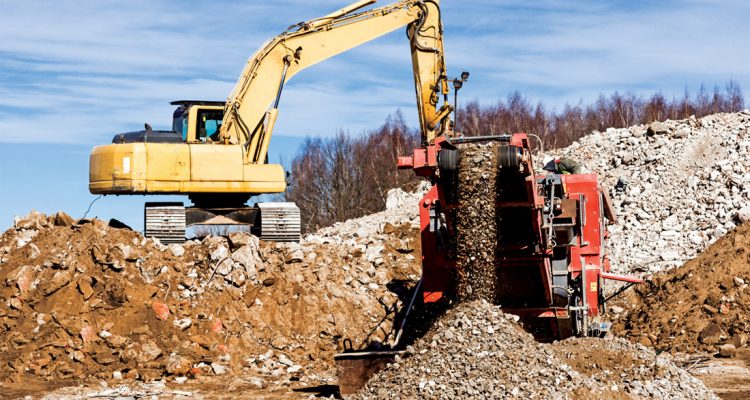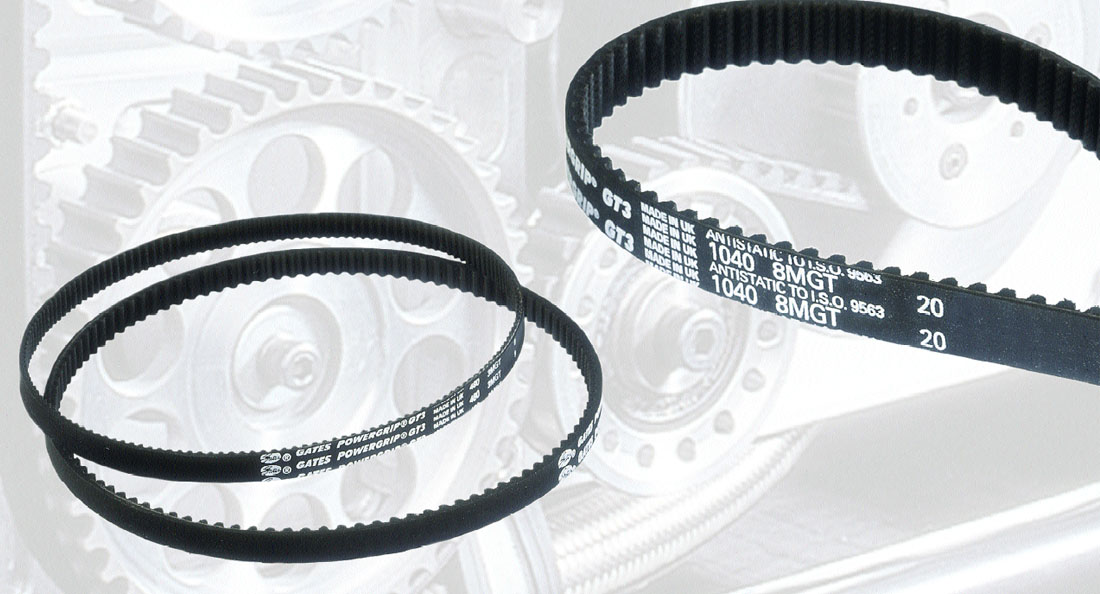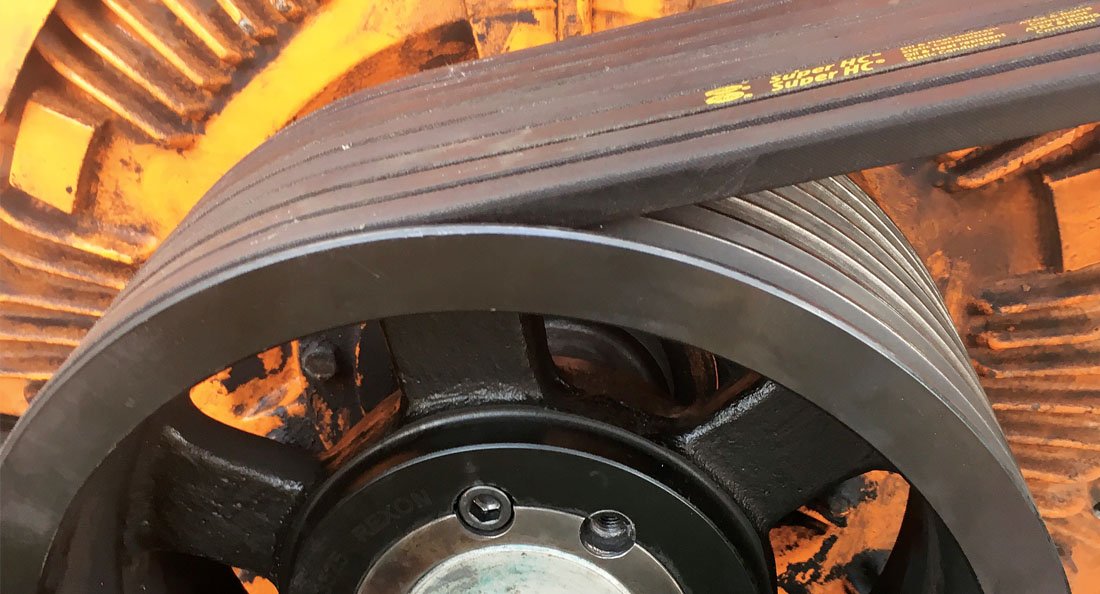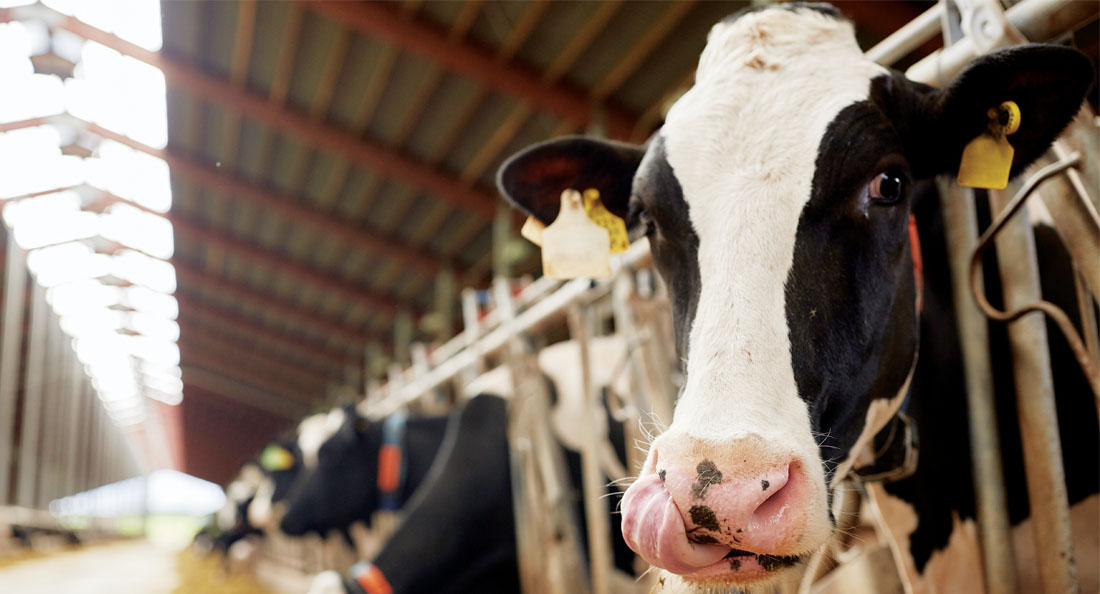Quarrying is an integral aspect of the Australian mining pipeline, generating a broad range of valuable materials such as limestone, rocks, and dimension stone. Other raw materials and aggregates such as sand or gravel are also extracted through the quarrying process, to be used in a broad range of infrastructural development projects.
Local geology and deposit types largely determine where a quarry site will be established, with efficiency and cost of operations at the forefront of those decisions. Additionally, impact on the natural environment and local communities must be considered, and the design of the plant and equipment will prioritise minimal noise, waste output, spatial footprint and cost.
Industrial quarrying operations have a long-standing history in Victoria, dating back to the 1800s around Edgecombe, Lauristone, and Malmsbury, where small quarrying plots on private land became common. Today, the state is home to many rock and aggregate quarrying plants that contribute to Australia’s overall extraction capital. Brian Crouch, Senior Account Manager at CBC Geelong, works closely alongside several mining and quarrying sites within the region, and was recently involved in a project to upgrade a series of heavy-duty crushers for a local company.
“I have been looking after this customer’s account since they opened,” he says. “I still go down to the site every three months to deliver our engineering services package and supply. I often get involved in a lot of the design for replacements and upgrades, whether it is on their fans, gearboxes, motors or drives. I have an excellent relationship with their planning engineers, maintenance team and fitters, having worked with them over many years.”
Power transmission in mining landscapes is designed to resist interference and damage from coarse dust particles, extreme temperature ranges and vibration. Frequent crusher jams may also occur, often caused by oversized rocks, wet material, or undetected metal components. While such interferences are mostly unavoidable, operators can minimise change-over time of parts such as drive belts to eliminate costly delays.
After consulting with CBC, this customer opted to install the Fenner SuperTLink High Performance Composite (HPC) v-belts on various rock crushing and screening machines. Where the previously utilised conventional rubber v-belts were failing on average twice a month, the SuperTLink has the capacity to last up to 18 months and offers superior power ratings.
“Before I got involved in that project, they had some major issues with equipment failure,” Brian explains. “I was able to use my knowledge and engineering experience to come up with a new design that fit that application, and they have been extremely satisfied with it since.”
According to Rob Michelson, National Product Manager for Belts at Motion Australia, the HPC range from Fenner, including the SuperTLink, PowerTwist Plus, and NuTLink belts, offer crucial benefits relating to convenience and ease of replacement.
“The SuperTLink is an excellent product for mining or crushing sites to have on hand,” he explains, “as you can get multiple replacement belts at any desired length immediately, and they roll on just like a bicycle chain – no tools required. It changes the game in terms of spares management and declutters that inventory space. The re‑tensioning mechanism is also drastically simplified by the ability to isolate and remove any link easily without turning on the drive.”
The Fenner HPC belts are engineered for drop-in upgrades and compatibility with standard industry power ratings and pulley grooves. The custom polyurethane elastomer material boasts extended product life and resistance to hostile agitators such as oil, grease, water, chemicals and solvents. They are also abrasion resistant and tolerant of an extreme temperature range between from -40°C to 116°C.
“CBC can offer tailored auditing and application guidance to avoid misalignment or breakage on drive systems,” says Brian. “We are intimately knowledgeable on the Fenner range and have an excellent relationship with their technical team to offer customers comprehensive service in relation to their products.”




